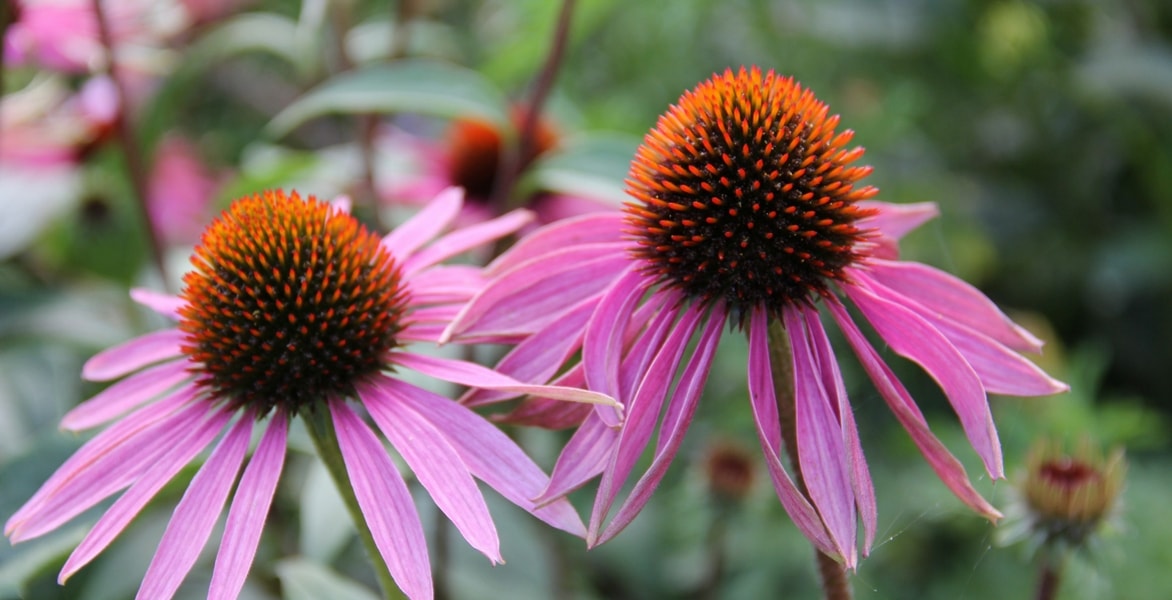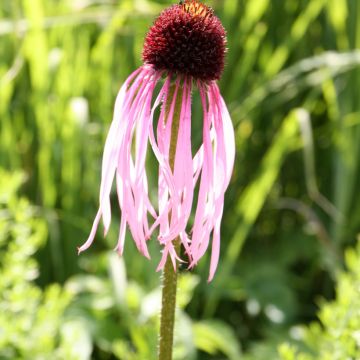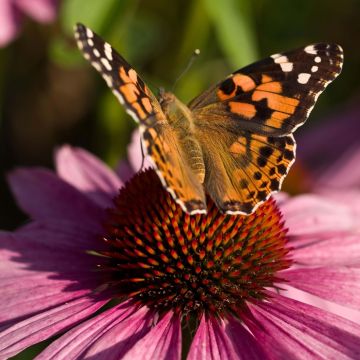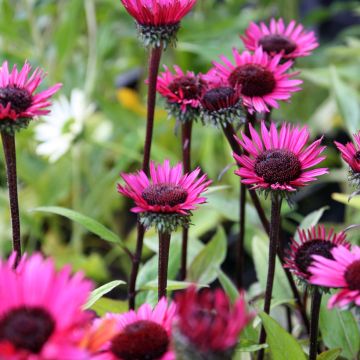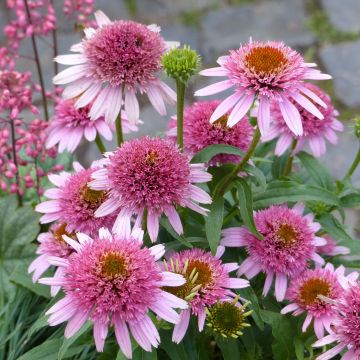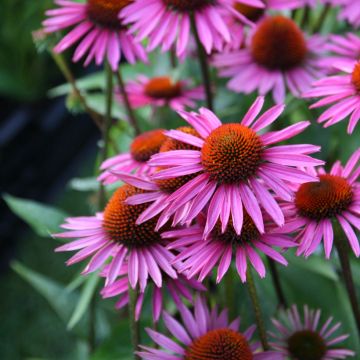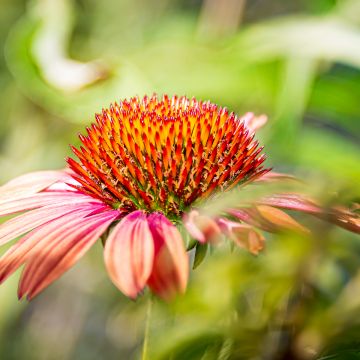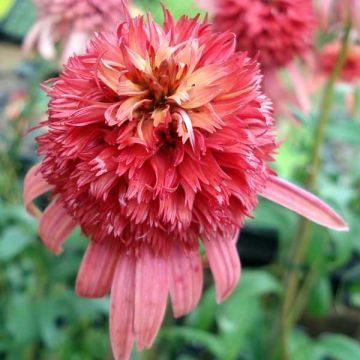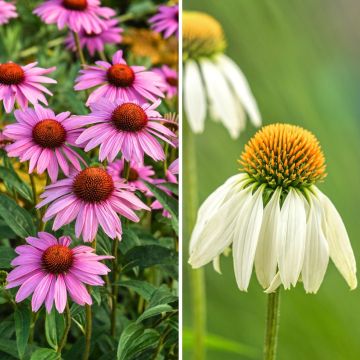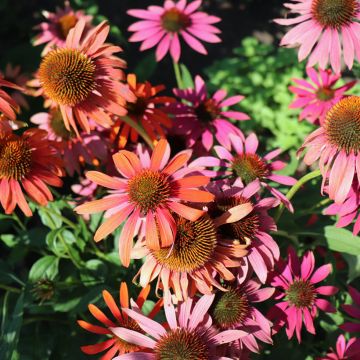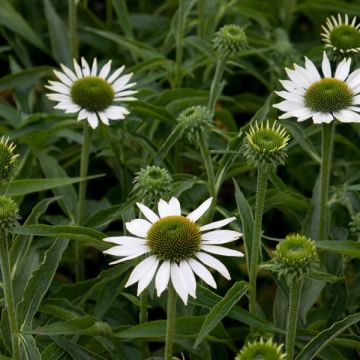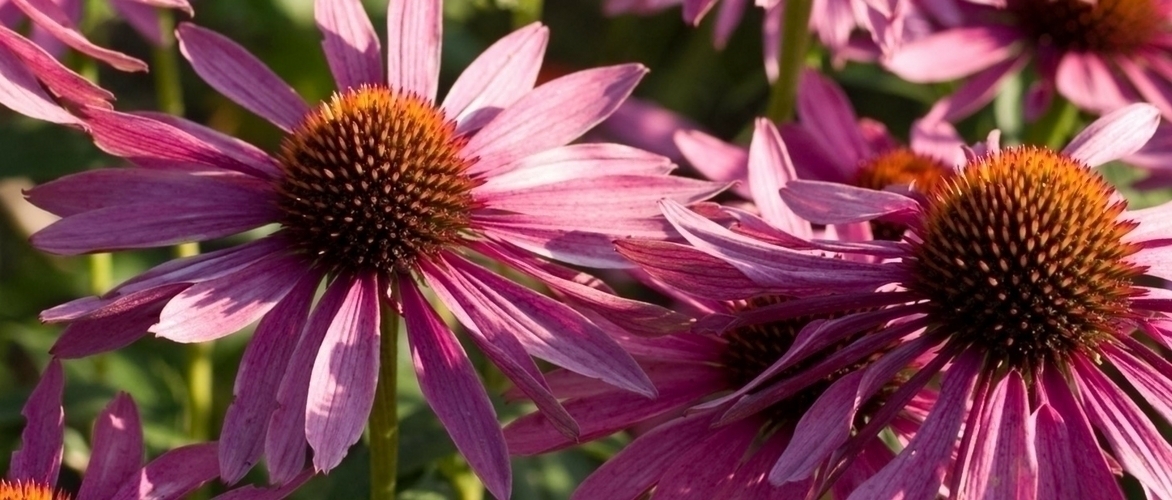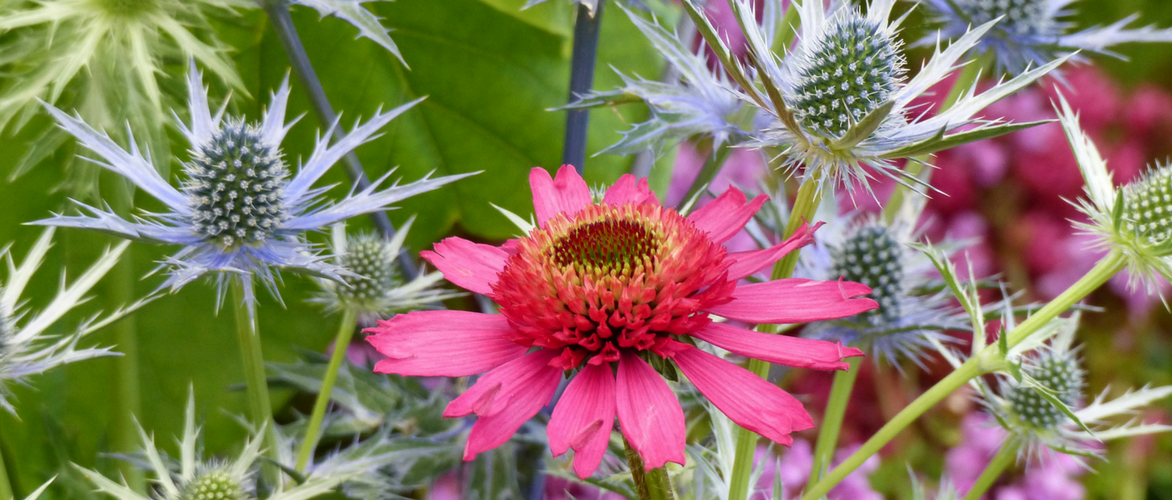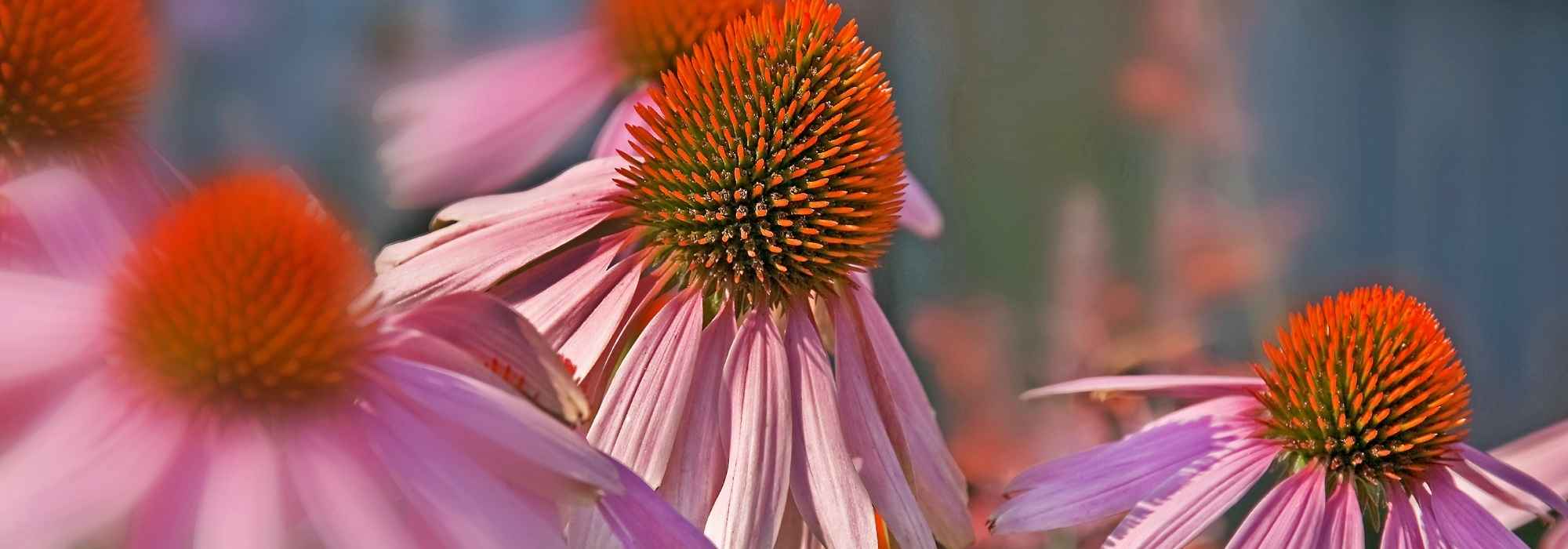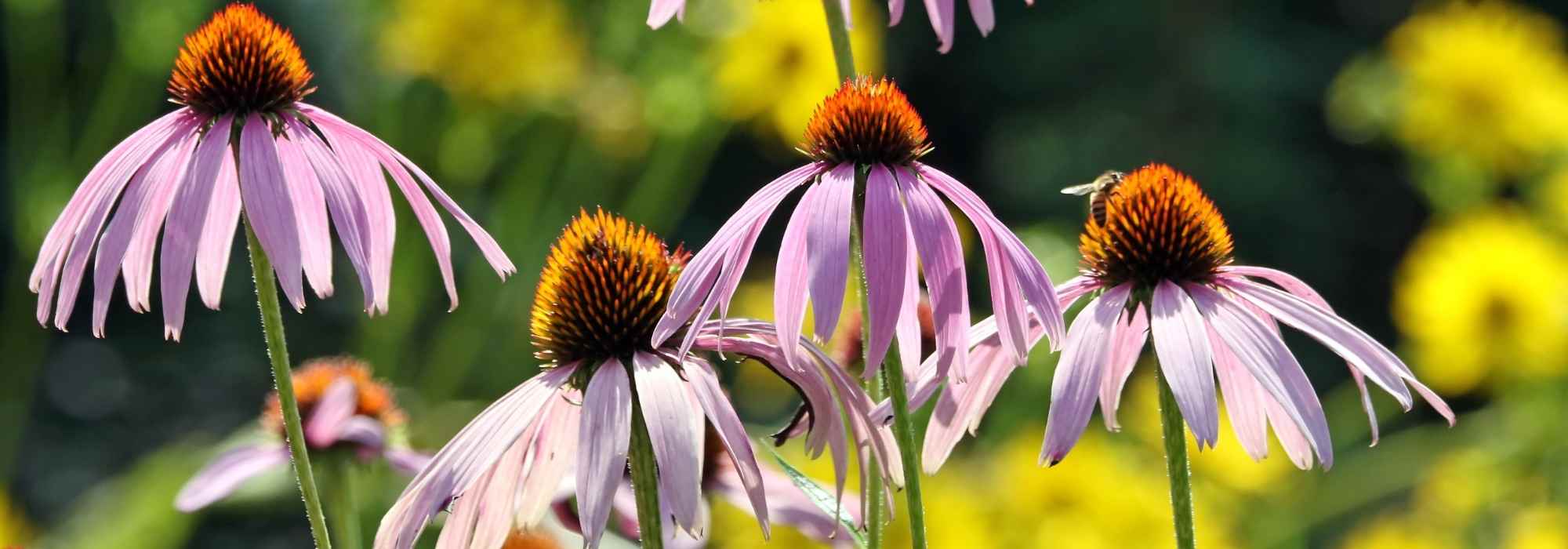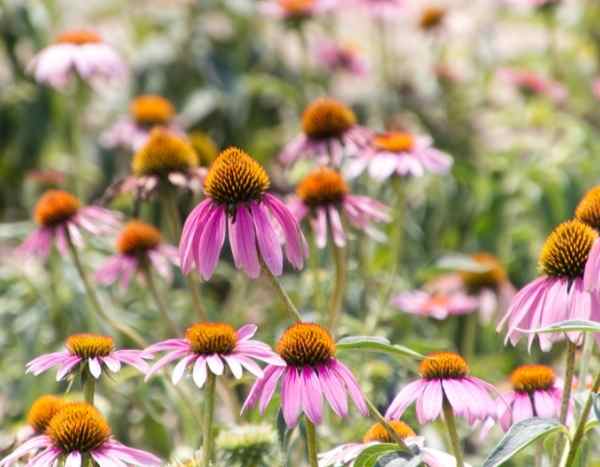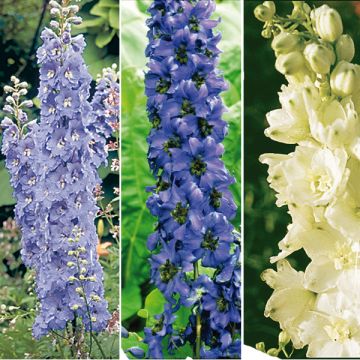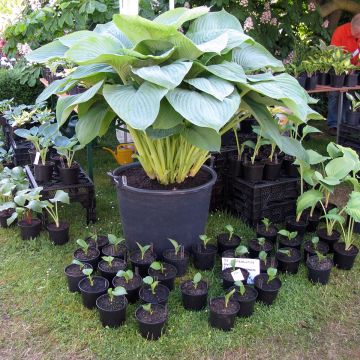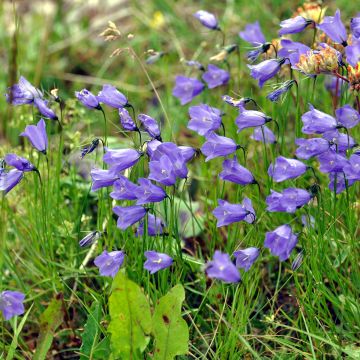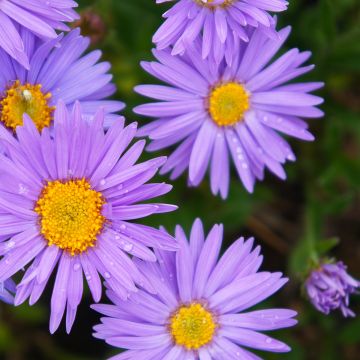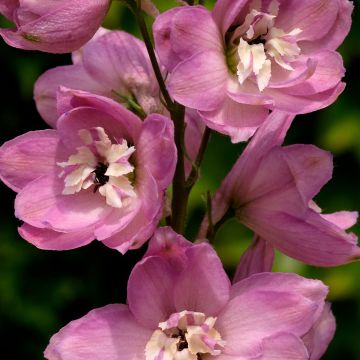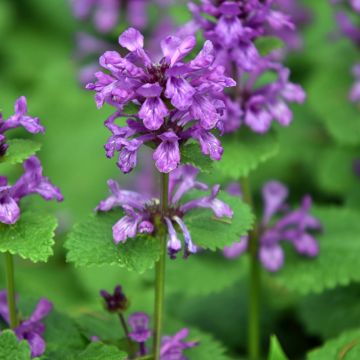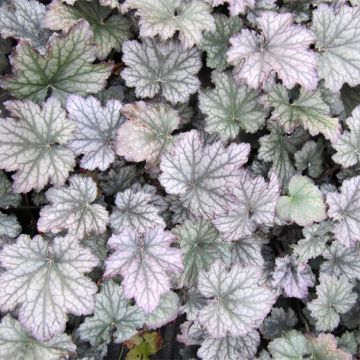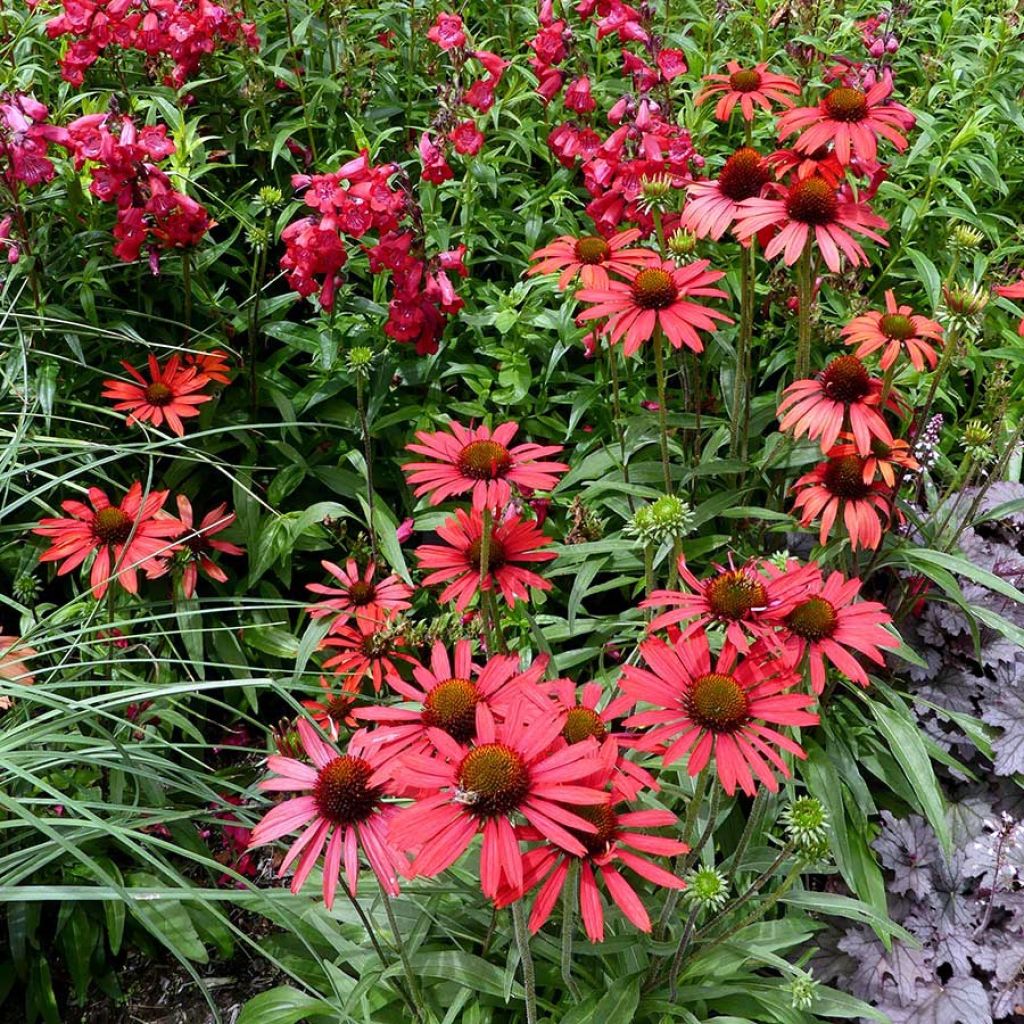

Echinacea purpurea Prima® Ruby
Echinacea purpurea Prima® Ruby
Echinacea purpurea Prima® Ruby
Eastern purple coneflower, purple coneflower
Product delivered in good condition, clean 2 young plants purchased: - one did not take root but everything was well managed afterwards with customer service. - the other slightly weak plant withstood the heatwave until the departure on vacation which was fatal for it. The flower is consistent and very pretty, the growth is quite slow and the plant requires quite a bit of care in the first year. Very beautiful dried flower.
NCY, 26/09/2022
Special offer!
Receive a €20 voucher for any order over €90 (excluding delivery costs, credit notes, and plastic-free options)!
1- Add your favorite plants to your cart.
2- Once you have reached €90, confirm your order (you can even choose the delivery date!).
3- As soon as your order is shipped, you will receive an email containing your voucher code, valid for 3 months (90 days).
Your voucher is unique and can only be used once, for any order with a minimum value of €20, excluding delivery costs.
Can be combined with other current offers, non-divisible and non-refundable.
Home or relay delivery (depending on size and destination)
Schedule delivery date,
and select date in basket
This plant carries a 12 months recovery warranty
More information
We guarantee the quality of our plants for a full growing cycle, and will replace at our expense any plant that fails to recover under normal climatic and planting conditions.
Would this plant suit my garden?
Set up your Plantfit profile →
Description
Echinacea purpurea Prima Ruby is a variety of coneflower that combines a compact habit with excellent floribundus, even in the first year of cultivation. The plant forms a small bushy clump that produces a quantity of flowers in a beautiful red-pink shade for many weeks in summer. Generous and colourful, this perennial plant brings a beautiful touch of colour to the garden, as well as to the balcony or terrace. It is easy to cultivate in the sun in ordinary soil.
Echinacea Prima Ruby is part of a series of selected cultivars in the U.S.A. by Terra Nova Nurseries for their compact habit and floribundus. Its ancestor, Echinacea purpurea, is a perennial with a strong character, native to the western United States, from Georgia to Michigan, passing through Oklahoma and Ohio. In its natural habitat, the plant colonizes rocky meadows, savannas, open woodlands, and roadsides.
Echinacea Prima Ruby quickly forms a dense clump of well-branched leafy stems, reaching 40cm (16in) in height and 35cm (14in) in width. This plant does not weaken or collapse, showing excellent durability. The leaves, opposite on the stems, lanceolate in shape and green in colour, are covered with rough hairs. Flowering begins in June-July and continues until September-October. It is highly visited by butterflies. The brown-red stems are topped with a solitary inflorescence, 6-8cm (2-3in) in diameter, with a prominent, bristly, orange-brown disk surrounded by intense red-pink ligules. The fruit is an achene that releases seeds which birds are fond of. This plant firmly and deeply anchors itself in the soil with its well-developed root system.
The purple coneflower Prima Ruby offers abundant and colourful flowering that will work wonders in pots or as a border plant mixed with other varieties or in the company of yarrows, marigolds, Echinops, perennial salvias... Lighten up the scene by mixing in some ornamental grasses such as Stipa tenuifolia, Muhlenbergia capillaris... Gorgeous in flower beds, the beautiful colours of the purple Echinacea Prima Ruby are also stunning in fresh or dried flower arrangements.
Echinacea purpurea Prima® Ruby in pictures
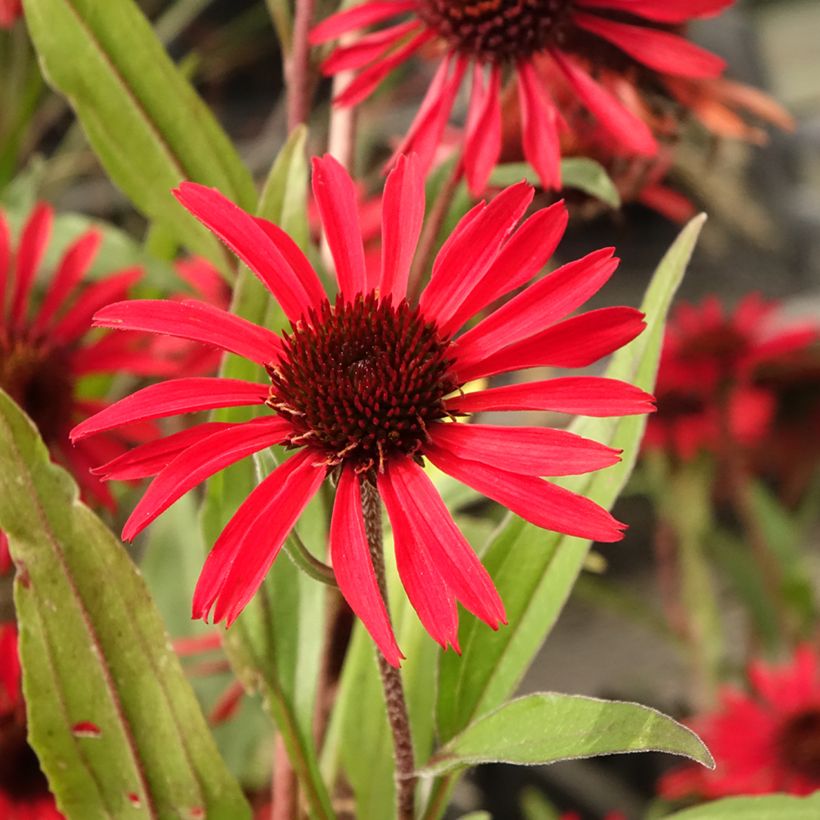

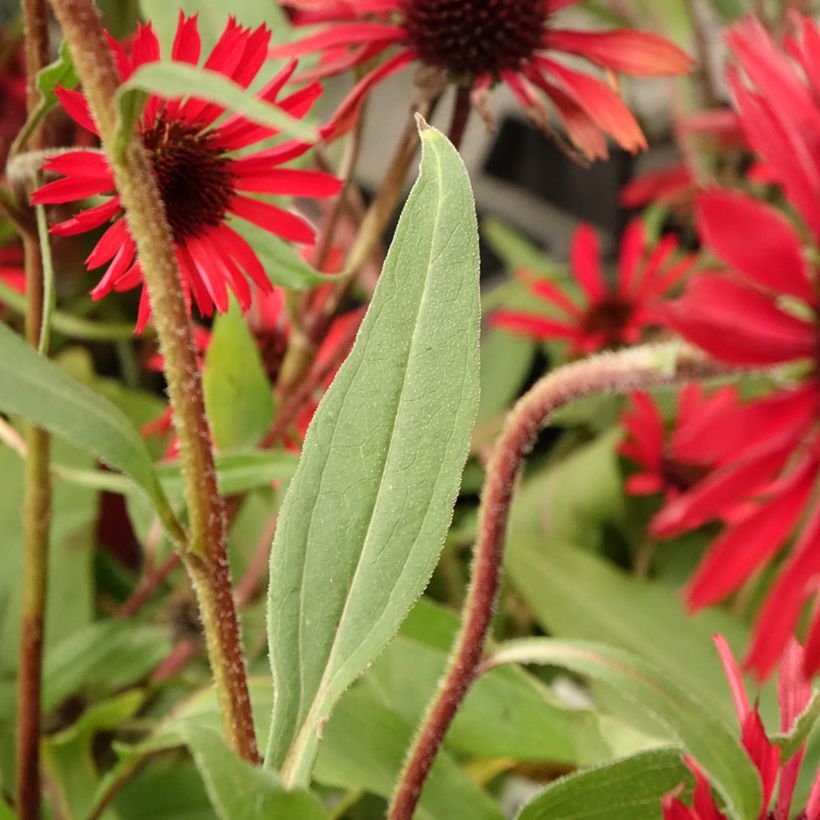

Flowering
Foliage
Plant habit
Botanical data
Echinacea
purpurea
Prima® Ruby
Asteraceae
Eastern purple coneflower, purple coneflower
Cultivar or hybrid
Other Echinacea - Coneflower
View all →Planting and care
The 'Prima Ruby' Purple Coneflower requires no special care and is highly resistant to pests and diseases. It is best planted in spring, in a sunny location, in a mixture of compost and garden soil. The soil should be deep and loose to accommodate its root system. Mulch the base in May to retain moisture during summer. Remove faded flowers as they appear. Divide the clump when flowering slows down. It is a rhizomatous plant that can become invasive if it thrives. As the plant ages, it becomes more susceptible to aphid attacks and powdery mildew. This plant is sensitive to water shortage during flowering.
Planting period
Intended location
Care
Planting & care advice
-
, onOrder confirmed
Reply from on Promesse de fleurs
Similar products
Haven't found what you were looking for?
Hardiness is the lowest winter temperature a plant can endure without suffering serious damage or even dying. However, hardiness is affected by location (a sheltered area, such as a patio), protection (winter cover) and soil type (hardiness is improved by well-drained soil).

Photo Sharing Terms & Conditions
In order to encourage gardeners to interact and share their experiences, Promesse de fleurs offers various media enabling content to be uploaded onto its Site - in particular via the ‘Photo sharing’ module.
The User agrees to refrain from:
- Posting any content that is illegal, prejudicial, insulting, racist, inciteful to hatred, revisionist, contrary to public decency, that infringes on privacy or on the privacy rights of third parties, in particular the publicity rights of persons and goods, intellectual property rights, or the right to privacy.
- Submitting content on behalf of a third party;
- Impersonate the identity of a third party and/or publish any personal information about a third party;
In general, the User undertakes to refrain from any unethical behaviour.
All Content (in particular text, comments, files, images, photos, videos, creative works, etc.), which may be subject to property or intellectual property rights, image or other private rights, shall remain the property of the User, subject to the limited rights granted by the terms of the licence granted by Promesse de fleurs as stated below. Users are at liberty to publish or not to publish such Content on the Site, notably via the ‘Photo Sharing’ facility, and accept that this Content shall be made public and freely accessible, notably on the Internet.
Users further acknowledge, undertake to have ,and guarantee that they hold all necessary rights and permissions to publish such material on the Site, in particular with regard to the legislation in force pertaining to any privacy, property, intellectual property, image, or contractual rights, or rights of any other nature. By publishing such Content on the Site, Users acknowledge accepting full liability as publishers of the Content within the meaning of the law, and grant Promesse de fleurs, free of charge, an inclusive, worldwide licence for the said Content for the entire duration of its publication, including all reproduction, representation, up/downloading, displaying, performing, transmission, and storage rights.
Users also grant permission for their name to be linked to the Content and accept that this link may not always be made available.
By engaging in posting material, Users consent to their Content becoming automatically accessible on the Internet, in particular on other sites and/or blogs and/or web pages of the Promesse de fleurs site, including in particular social pages and the Promesse de fleurs catalogue.
Users may secure the removal of entrusted content free of charge by issuing a simple request via our contact form.
The flowering period indicated on our website applies to countries and regions located in USDA zone 8 (France, the United Kingdom, Ireland, the Netherlands, etc.)
It will vary according to where you live:
- In zones 9 to 10 (Italy, Spain, Greece, etc.), flowering will occur about 2 to 4 weeks earlier.
- In zones 6 to 7 (Germany, Poland, Slovenia, and lower mountainous regions), flowering will be delayed by 2 to 3 weeks.
- In zone 5 (Central Europe, Scandinavia), blooming will be delayed by 3 to 5 weeks.
In temperate climates, pruning of spring-flowering shrubs (forsythia, spireas, etc.) should be done just after flowering.
Pruning of summer-flowering shrubs (Indian Lilac, Perovskia, etc.) can be done in winter or spring.
In cold regions as well as with frost-sensitive plants, avoid pruning too early when severe frosts may still occur.
The planting period indicated on our website applies to countries and regions located in USDA zone 8 (France, United Kingdom, Ireland, Netherlands).
It will vary according to where you live:
- In Mediterranean zones (Marseille, Madrid, Milan, etc.), autumn and winter are the best planting periods.
- In continental zones (Strasbourg, Munich, Vienna, etc.), delay planting by 2 to 3 weeks in spring and bring it forward by 2 to 4 weeks in autumn.
- In mountainous regions (the Alps, Pyrenees, Carpathians, etc.), it is best to plant in late spring (May-June) or late summer (August-September).
The harvesting period indicated on our website applies to countries and regions in USDA zone 8 (France, England, Ireland, the Netherlands).
In colder areas (Scandinavia, Poland, Austria...) fruit and vegetable harvests are likely to be delayed by 3-4 weeks.
In warmer areas (Italy, Spain, Greece, etc.), harvesting will probably take place earlier, depending on weather conditions.
The sowing periods indicated on our website apply to countries and regions within USDA Zone 8 (France, UK, Ireland, Netherlands).
In colder areas (Scandinavia, Poland, Austria...), delay any outdoor sowing by 3-4 weeks, or sow under glass.
In warmer climes (Italy, Spain, Greece, etc.), bring outdoor sowing forward by a few weeks.






























